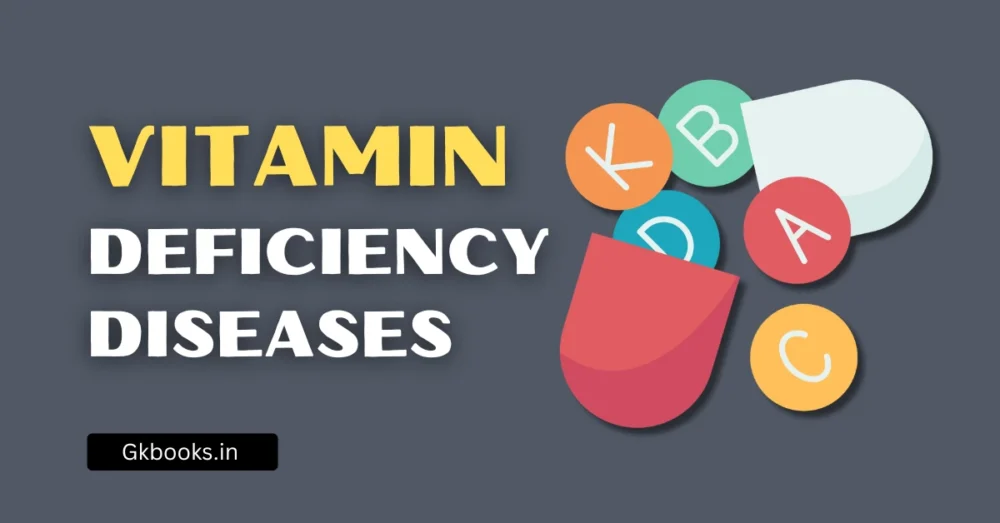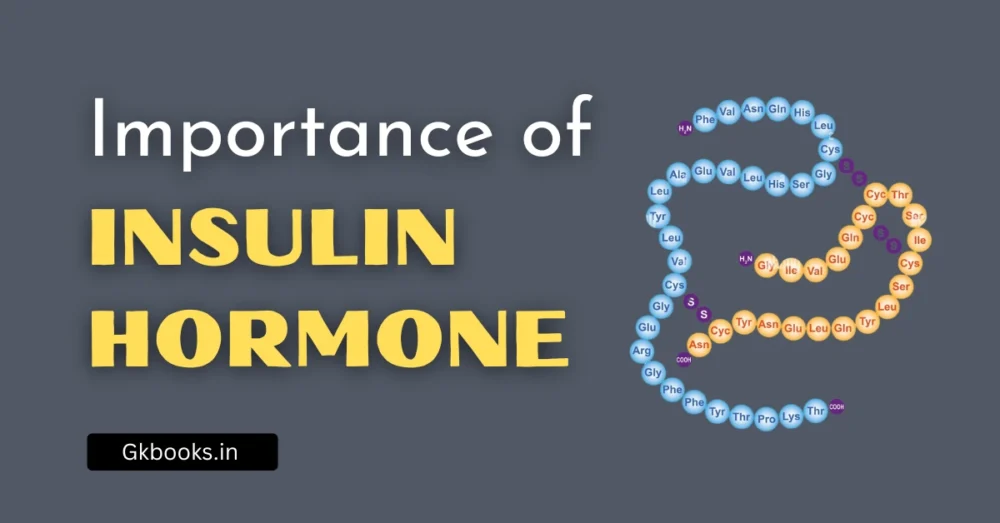Understanding the four chambers of the human heart is fundamental to mastering human physiology, especially for competitive exams. The structure and function of each chamber play a critical role in maintaining circulation and ensuring that oxygenated and deoxygenated blood remain separated.
This article provides a complete, exam-ready guide to the heart chambers, including anatomy, functions, key points, clinical significance, and MCQs.
Introduction
The human heart is a muscular, four-chambered organ responsible for pumping blood throughout the body. Located slightly left of the midline, it works continuously to deliver oxygen and nutrients while removing carbon dioxide and waste products.
For competitive exam aspirants, understanding the chambers of the heart is vital because many questions are asked from topics like cardiac anatomy, blood flow, valves, and physiological mechanisms such as double circulation.
Basic Anatomy of the Heart
Location
- Lies in the mediastinum between the lungs
- Slightly tilted toward the left
Size & Weight
- Approximately the size of a clenched fist
- Weighs around 250–300 g (in adults)
Right vs Left Side
- Right side handles deoxygenated blood returning from the body
- Left side handles oxygenated blood coming from the lungs
Double Circulation
The human heart supports two circulatory loops:
- Pulmonary circulation – heart → lungs → heart
- Systemic circulation – heart → body → heart
This ensures efficient oxygen delivery and waste removal.
Overview of the Four Heart Chambers
The heart is divided into:
- Right Atrium (RA)
- Right Ventricle (RV)
- Left Atrium (LA)
- Left Ventricle (LV)
The atria are the receiving chambers, while the ventricles are the pumping chambers.
1. Right Atrium
Structure
- Thin-walled upper chamber
- Contains a small pouch-like extension called the auricle
Functions
- Receives deoxygenated blood from:
- Superior vena cava (SVC)
- Inferior vena cava (IVC)
- Coronary sinus
- Sends blood into the right ventricle
Key Anatomical Features
- SA Node (Sinoatrial Node) – natural pacemaker of the heart
- Fossa Ovalis – remnant of fetal foramen ovale
2. Right Ventricle
Structure
- Crescent-shaped chamber
- Moderately muscular walls
- Internal surface contains trabeculae carneae
Functions
- Pumps deoxygenated blood to the lungs via the pulmonary artery
Key Points
- Pulmonary valve prevents backflow
- Operates at lower pressure than the left ventricle
3. Left Atrium
Structure
- Slightly thicker than the right atrium
- Smooth inner walls
Functions
- Receives oxygenated blood from four pulmonary veins
- Sends blood to the left ventricle via the mitral valve
Clinical Relevance
- Enlargement is common in hypertension and mitral stenosis
4. Left Ventricle
Structure
- Thickest chamber of the heart
- Conical shape with strong muscles
Functions
- Pumps oxygenated blood into the aorta
- Supplies blood to the entire body (systemic circulation)
Key Features
- Contains mitral valve (LA → LV)
- Aortic valve controls blood flow into the aorta
- Generates the highest pressure in the heart
Valves Associated with Each Chamber
| Chamber Connection | Valve |
|---|---|
| Right atrium → Right ventricle | Tricuspid valve |
| Right ventricle → Pulmonary artery | Pulmonary valve |
| Left atrium → Left ventricle | Mitral (Bicuspid) valve |
| Left ventricle → Aorta | Aortic valve |
Function of Valves:
- Prevent backward flow of blood
- Maintain one-way circulation
Blood Flow Through Heart Chambers (Step-by-Step)
- Body → Right Atrium
- RA → Right Ventricle
- RV → Pulmonary Artery → Lungs
- Lungs → Left Atrium
- LA → Left Ventricle
- LV → Aorta → Body
Summary Diagram (Text Version):
Body → RA → RV → Lungs → LA → LV → Body
To stay updated with the latest GK and Current Affairs infographics, follow our official Instagram and Facebook page and prepare for exams easily.
Differences Between Atria and Ventricles
| Feature | Atria | Ventricles |
|---|---|---|
| Wall Thickness | Thin | Thick |
| Function | Receive blood | Pump blood |
| Pressure | Low | High |
| Capacity | Smaller | Larger |
| Associated Valves | Tricuspid & Mitral | Pulmonary & Aortic |
Physiological Importance of Heart Chambers
- Maintain unidirectional blood flow
- Create necessary pressure gradients
- Keep oxygenated and deoxygenated blood separate
- Support double circulation for efficient gas exchange
Clinical Significance
Common Disorders
- Atrial fibrillation – irregular atrial contractions
- Ventricular hypertrophy – usually due to hypertension
- Heart failure – when chambers cannot pump efficiently
ECG Correlation
- P wave – atrial depolarization
- QRS complex – ventricular depolarization
- T wave – ventricular repolarization
Chamber Enlargement (Cardiomegaly)
- Seen in long-standing hypertension
- Causes breathlessness, fatigue, fluid retention
Key Points for Competitive Exams (Quick Revision)
- Left ventricle = thickest chamber
- SA node = located in right atrium
- Right ventricle pumps blood to lungs
- Left atrium receives oxygenated blood from pulmonary veins
- Tricuspid valve = right side
- Mitral valve = left side
- Pulmonary artery = only artery carrying deoxygenated blood
Frequently Asked MCQs
1. Which is the thickest chamber of the heart?
Answer: Left Ventricle
2. SA node is located in which chamber?
Answer: Right Atrium
3. Which chamber receives blood from pulmonary veins?
Answer: Left Atrium
4. Tricuspid valve is located between:
Answer: Right atrium and right ventricle
5. Which chamber pumps blood into systemic circulation?
Answer: Left Ventricle
Conclusion
The heart’s four chambers work in perfect coordination to maintain circulation and sustain life. For exam aspirants, mastering the anatomy and functions of each chamber — along with valves and blood flow sequence — is crucial for scoring well in biology, general science, and physiology-related sections.
Understanding these fundamentals also lays a strong foundation for advanced medical and paramedical studies.






